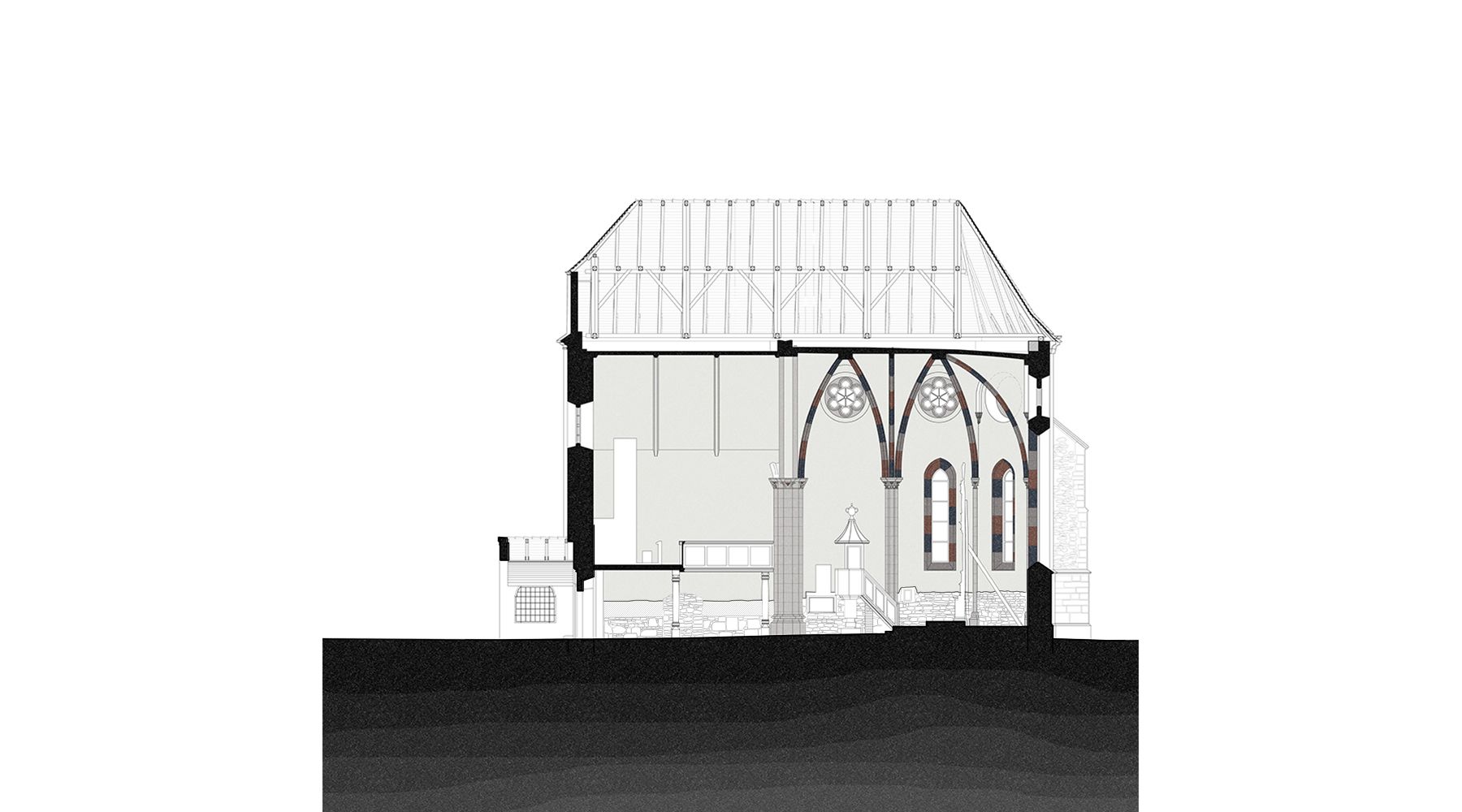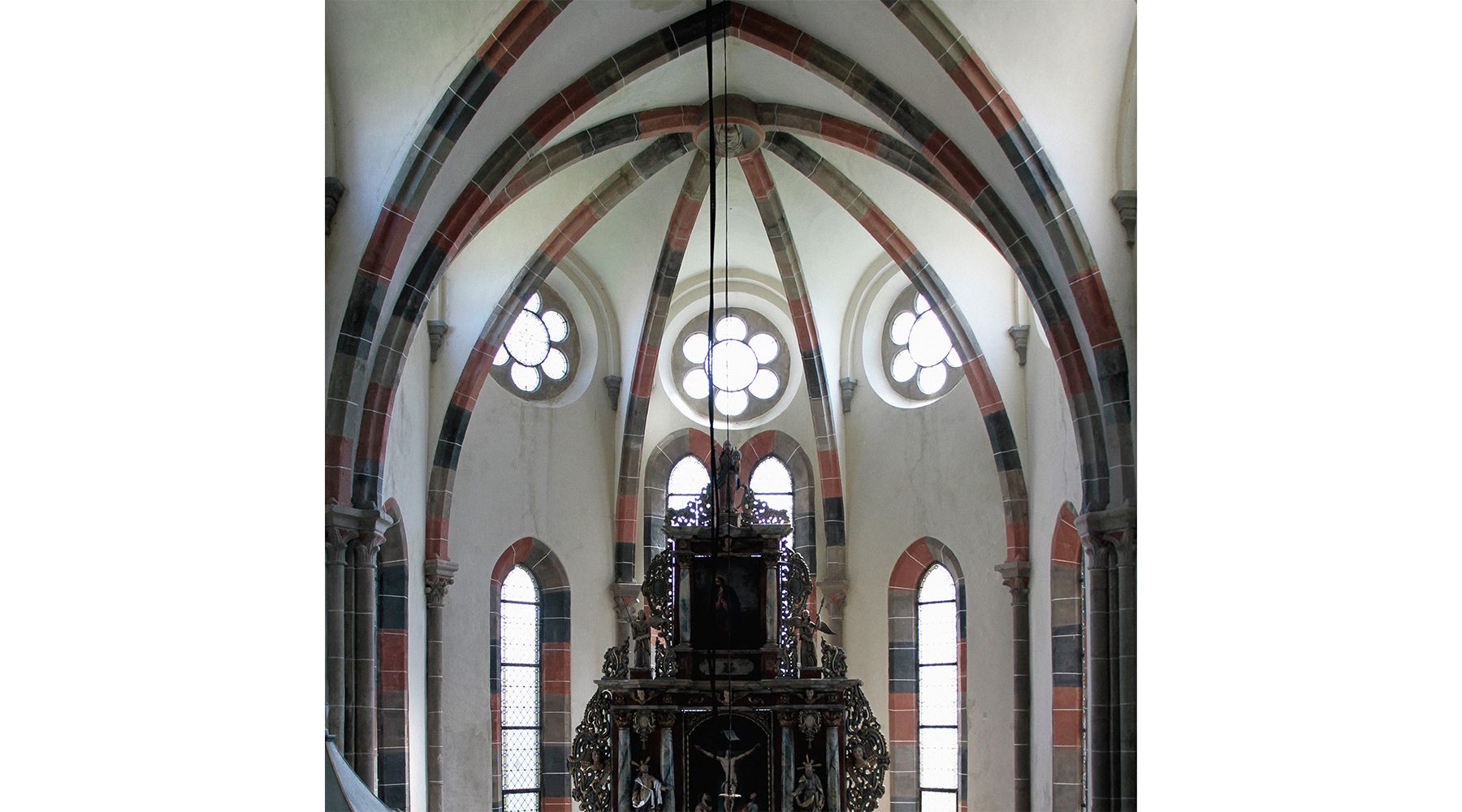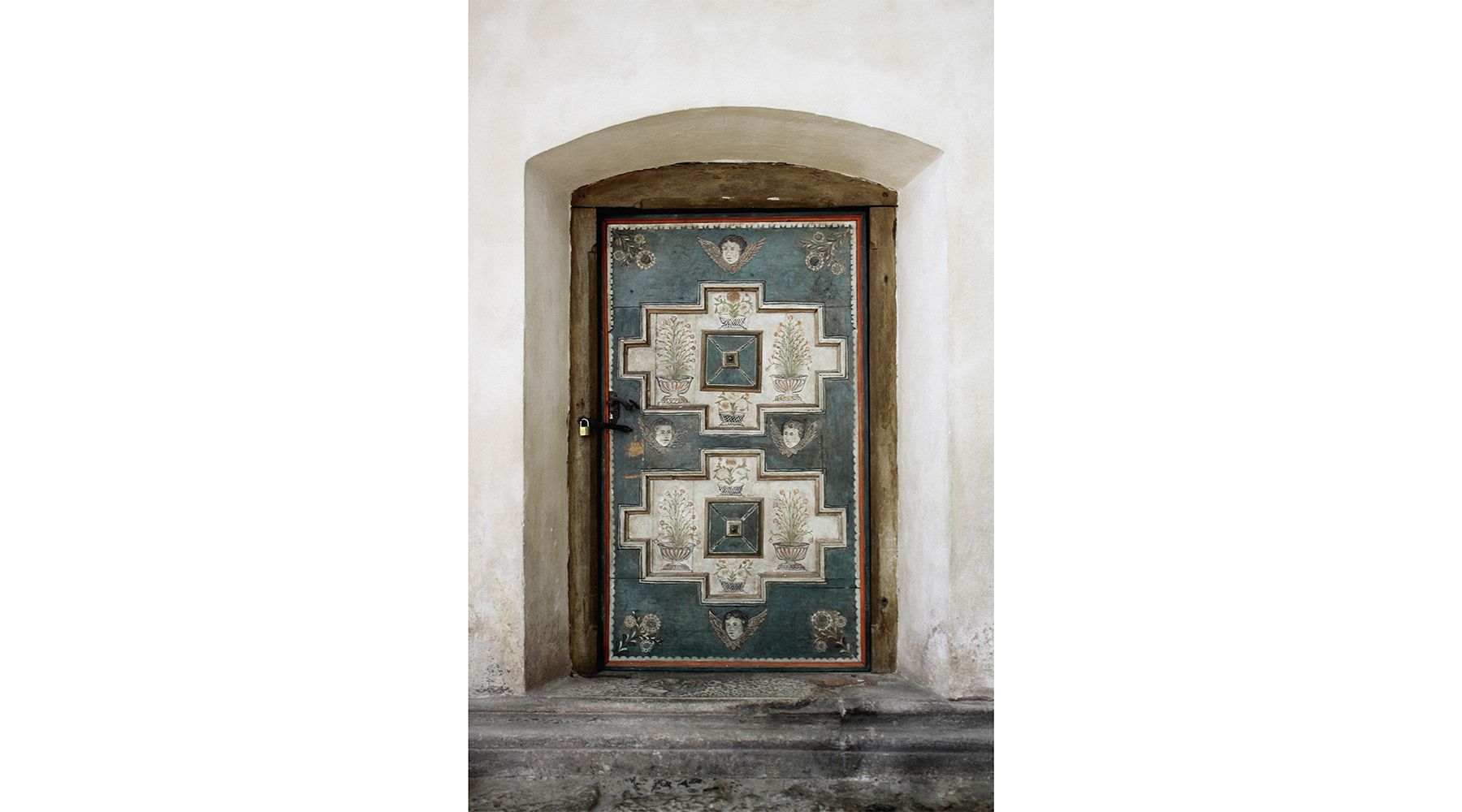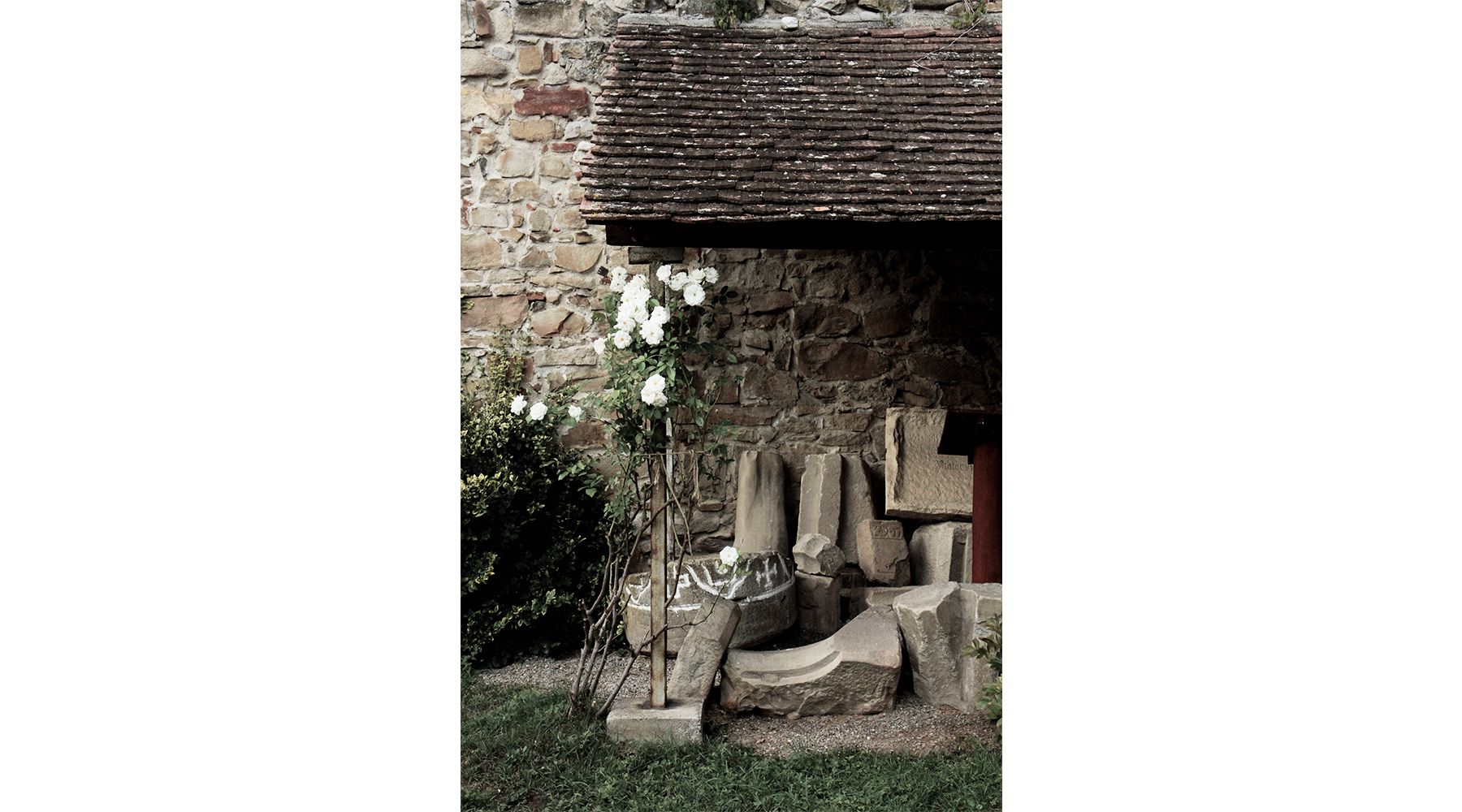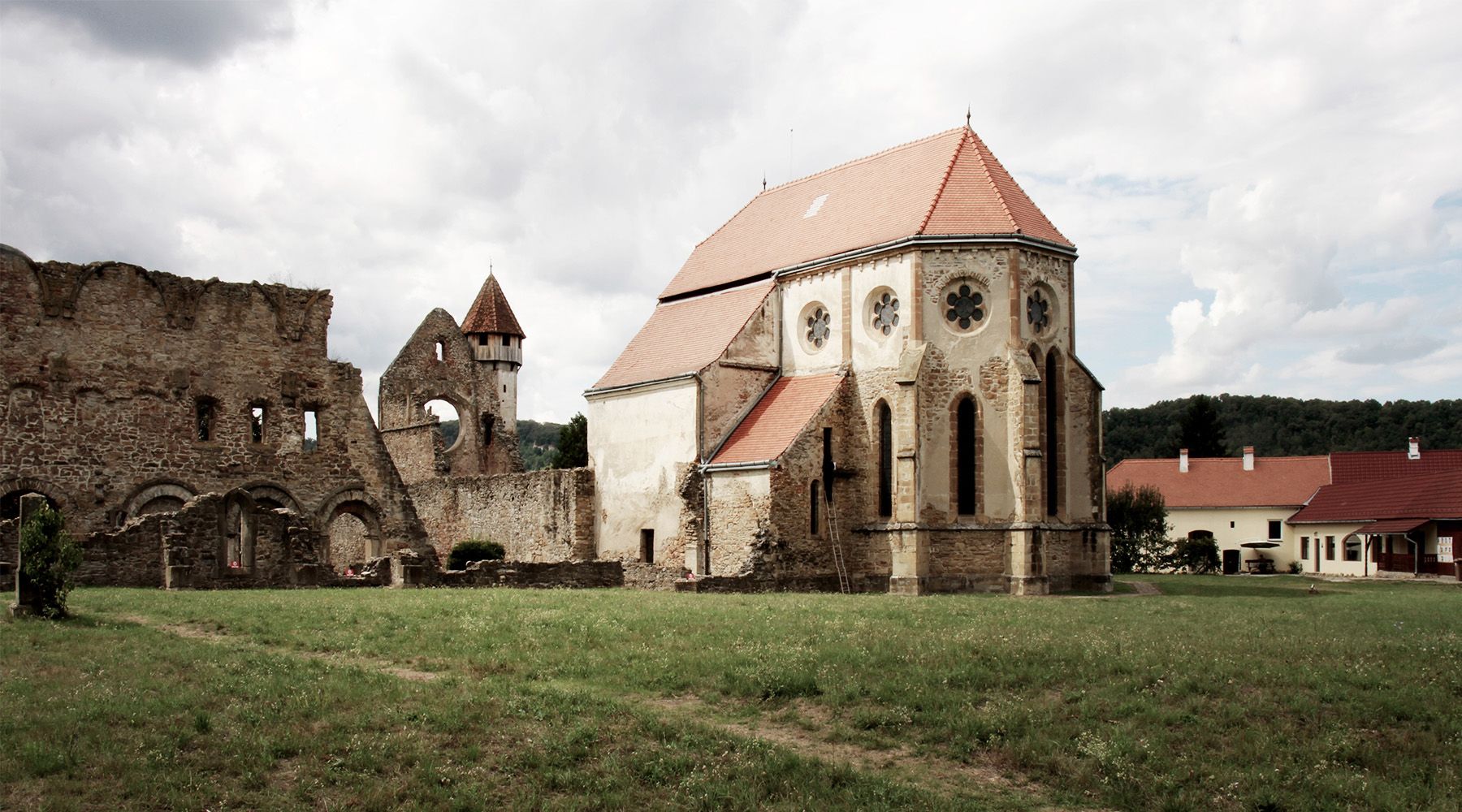Cârța Monastery
The Cârța monastery was founded at the beginning of the 13th century by Cistercian monks. It was the easternmost Cistercian abbey of the Kingdom of Hungary and played a major role in the history of medieval Transylvania as well as in the introduction and dissemination of Gothic art in the region. The construction of the monastery was carried out in two phases: the construction started in the 20s of the 13th century, and the works were interspersed chronologically by the great Tatar invasion of 1241. In the first construction phase, which exhibits stylistic features attributed to the late Romanesque , the general plan of the monastery was drawn, the walls delimiting its inner courtyard being raised to a height of about 3-4m above the contemporary walking level. In 1260, after the hiatus caused by the Mongol invasion in the spring of 1241, the construction works will be resumed under the direction of a new architect, trained in the atmosphere of the mature Gothic, and with the contribution of a workshop of stonemasons. Currently, only the choir is preserved from the original structure, which is still used as a place of worship by the local evangelical community. Our team is currently running a research and restoration project on various building components: masonry, roof structure.





